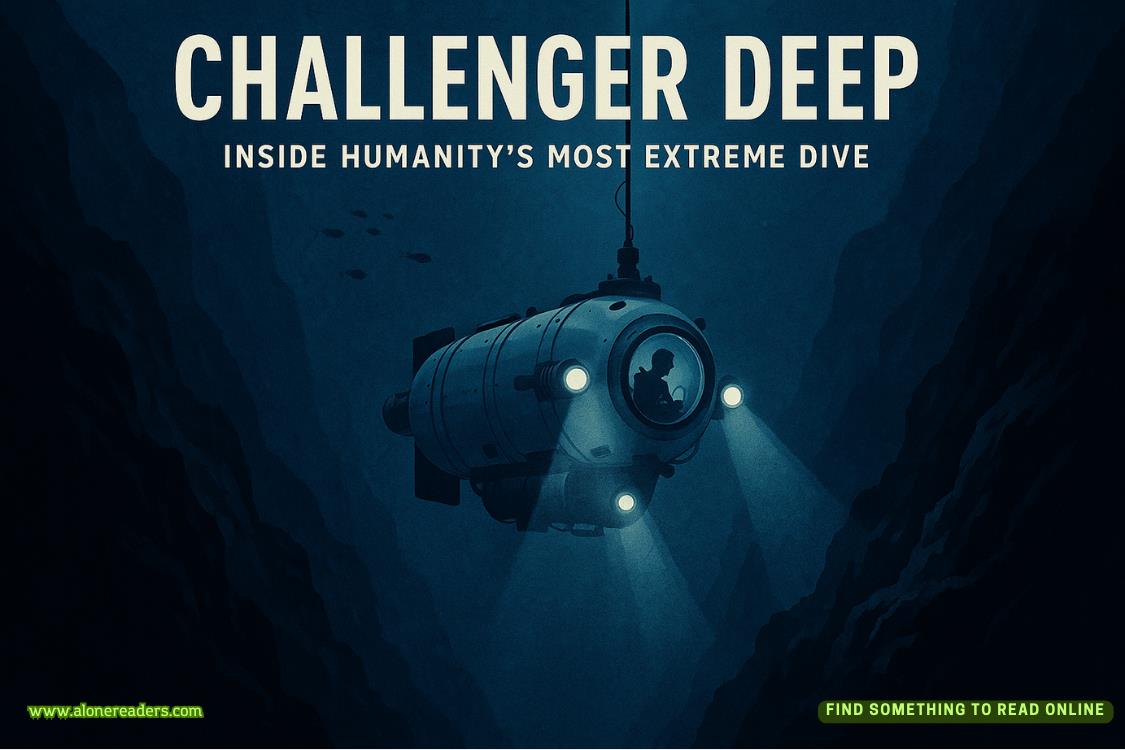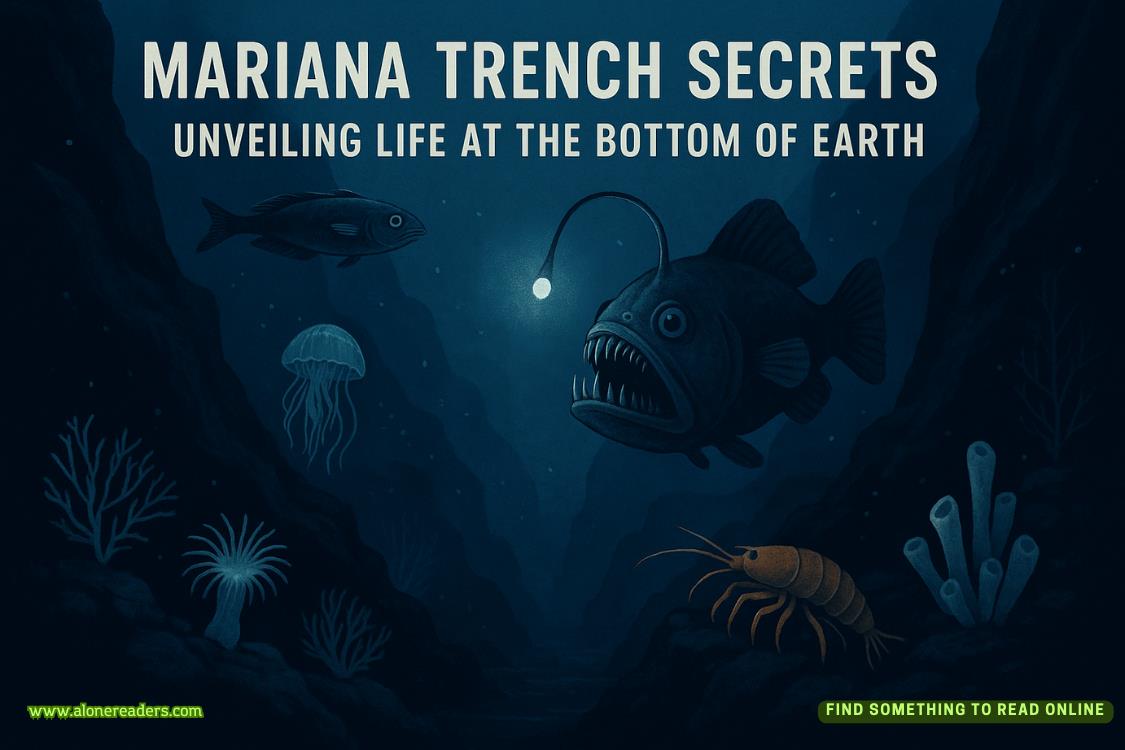Page 59 of The Truth You Told
“You said there were patterns of behavior that could add up,” Shay said. “Hypothetically, don’t a bigger majority of the kids you see go on to get into criminal activity than the ones you don’t see?”
Tori squinted at her. “Oh, I need either more or less wine to be able to follow that.”
Shay huffed out a breath. “You can’t stop serial killers from becoming serial killers, right? Once they’re on a certain path.”
“Now that’s a fascinating question,” Tori said. “To my knowledge, no one has ever really been able to pinpoint the moment in someone’s life that sets them on an irreversible course. Is it the second they actually decide to kill someone? Is it when they put a tarp in the trunk of the car just in case? Or is it a moment when they were a child and they were hit, or burned with a cigarette, or locked in a tiny cupboard for seventy-two hours by an abusive family member?”
“Exactly,” Shay said, and it reminded her of the quote she’d found comfort in:One swallow does not a summer make.Only in this case, those swallows turned into a pack of murderous Hitchcockian birds. “So, if you see one of those moments, in real time, wouldn’t you try to intervene? Even if there was no current and present danger?”
“But what if you push it the wrong way?” Tori asked. “What if you create the very serial killer you were trying to prevent?”
“You know,” Shay said, as she waved down the waiter to order another glass of wine, “that would be exactly my luck.”
CHAPTER EIGHTEEN
Raisa
Now
Jason Stahl. Tyler Marchand.
Those were the men who might unlock their mystery.
Raisa started at the beginning of Stahl’s file.
At the time of his death, he’d been working for a printing company that had locations all over the Houston metro area. One note caught her attention. The company had offices near several body-drop locations, and Stahl’s route took him by all of them. People at the time had speculated about that fact on a few message boards. It was the kind of information low-level task force members in charge of monitoring social media put in to show they were doing their jobs. Raisa tried not to put too much stock into any of it, though, because it usually was just gossip.
When it came to big cities where lots of people lived, there were tons of ways to draw connections that didn’t necessarily mean anything.
Instead, Raisa went further back, into Stahl’s childhood, to the protective services section that had been included in his file. When Stahl had been thirteen, he’d been living with his mother and her boyfriend—who’d apparently had the habit of beating up on the kid.There were three urgent care visits and two more ER trips in the space of two years. That should have warranted intervention quicker than it had, but Raisa knew that everyone in those offices was overworked. She couldn’t blame them too much.
Then Stahl had turned thirteen, and of his own admission, he’d started hitting back. He’d been a big kid, and one night he’d landed some kind of lucky—or unlucky, depending on your point of view—punch. The boyfriend’s head hit the curb just wrong. Because it was considered self-defense, and the judge had rightly seemed to realize Stahl should have been removed from the situation before it escalated to that point, he’d gotten probation and community service.
A social worker had been assigned to him—she quickly checked, no connection to Conrad—and the woman’s reports from ages thirteen to eighteen had been glowing. Stahl barely ever acted out, and when he did, it was never violent. The mother moved them to a new neighborhood, got a stable job, and Stahl went on to become a responsible, productive citizen. At least on paper.
The system had worked, and Stahl was an example of why Raisa would never suggest harsh punitive sentences on underage children.
The success story might have been a little sweeter if he hadn’t died at twenty-six at the hands of a serial killer.
Everything else about Stahl’s case—the tattoo, the body drop, the fact that he’d been held for three days—all matched up with the Alphabet Man’s MO.
Except there had been no hard evidence tying Conrad to the crime after he’d been caught. That wasn’t a complete anomaly—the state had been able to tie him to eleven of his twenty-seven believed victims through both DNA and souvenirs he took from the women. That had been enough for the prosecutor to argue he’d likely killed all of them.
That was fair and consistent with other serial killers, and there didn’t seem to be anything fishy about that or the lawyers involved in Conrad’s case.
Raisa set the file aside and moved on to the second male victim.
Tyler Marchand. He’d worked at a nonprofit that helped foster kids transition out of the system. Raisa checked for obvious ties to Conrad, but couldn’t see any beyond working in similar fields. Conrad hadn’t even worked with kids in Houston, just adult cases. It would have been unlikely for them to come into contact.
She didn’t have to go far to find the section for his child protective services file. Marchand had been a single kid of a single mother. He had some red flags for abuse—a couple ER trips, a note about suspected malnourishment from the school nurse—but nothing as obvious as Stahl’s.
When he was eleven, his mother had died in an apartment fire. She’d been drunk and passed out with a lit cigarette in her mouth—one of the oldest stories of all time.
Marchand had been dumped into the foster system, but had been adopted by a wealthy couple less than six months later.
Another success story.
That was strange, though maybe Raisa was biased.















